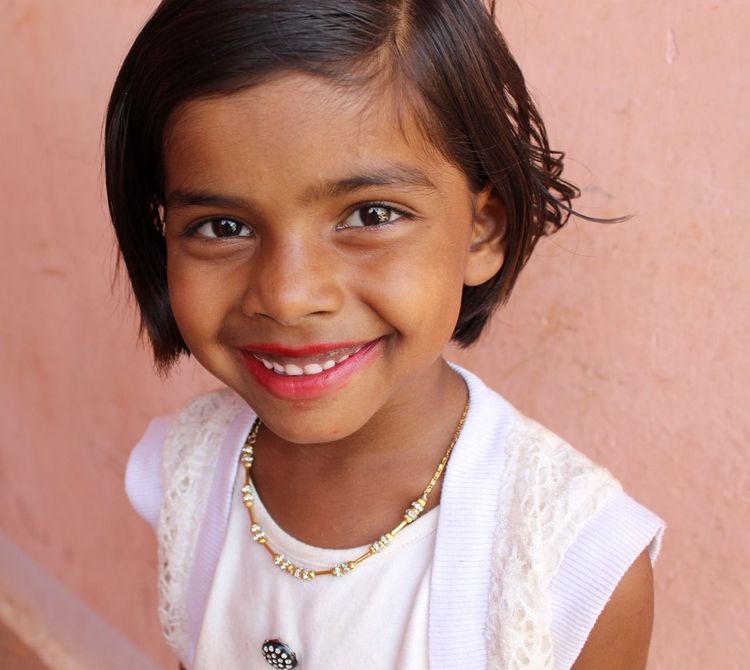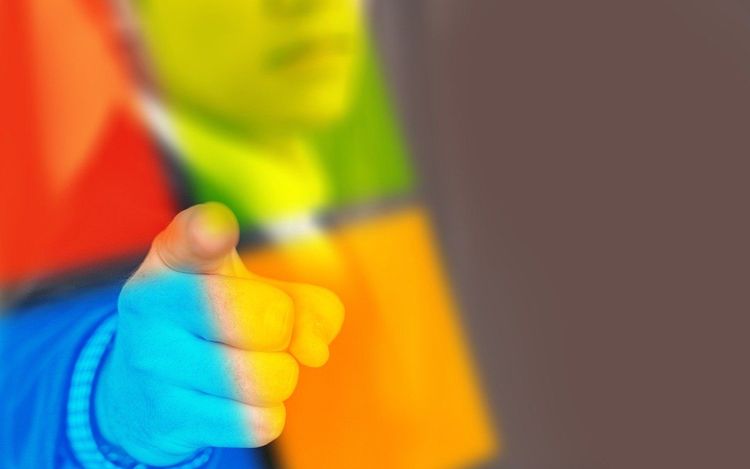It appears that X, previously known as Twitter, is facing significant challenges with verified bots on its platform. Despite Elon Musk’s suggestion that charging users for verification would eliminate automated accounts, evidence indicates otherwise. A viral video on the competing platform Instagram Threads shows X search results filled with bots, including several verified profiles, posting the automated response: “I’m sorry, I cannot provide a response as it goes against OpenAI’s use case policy.” This response is typical for OpenAI's chatbot when inquiries violate its terms of service, signaling that these X accounts are likely employing AI to generate their posts.
Parker Molloy, a Chicago-based writer and former editor-at-large for Media Matters, shared this video on Threads, stating, “Twitter is a ghost town.” In a notable twist, Musk is currently suing Media Matters, alleging defamation after they published an article showcasing screenshots of advertisements appearing alongside hate speech on the platform. This lawsuit coincides with a mass departure of advertisers, raising concerns for X's revenue. Musk has infamously remarked that exiting advertisers should “go f*” themselves during a discussion at The New York Times’ DealBook Summit in late November.
If you're unable to view Molloy's video on Threads, you can directly check the X search results by searching for the chatbot's automated response in quotes.
In the comments section under Molloy's post, a user speculated that the bot activity might originate from X itself. They suggested that many verified accounts may have previously belonged to abandoned profiles that were revived and converted into accounts using AI for automation. This tactic could be an attempt to inflate user engagement statistics, such as daily and monthly active users.
Indeed, some of these bot accounts appear to have been around for a while, as indicated by their profile join dates. You can explore an example of this phenomenon within the platform. Moreover, many of these accounts seem to produce content that resembles typical AI-generated output.
However, this observation alone does not confirm that X is operating these accounts, as it could easily be the work of spammers who have claimed dormant Twitter handles. Nonetheless, this situation raises questions about the effectiveness of paid verification in addressing X's bot issue—something Musk vowed to resolve after acquiring the social media platform over a year ago. Recently, he suggested implementing a mandatory “small monthly payment” for all users, claiming it would help tackle the “vast armies of bots” plaguing the platform.
In addition to the verified bots, X grapples with other automated accounts that do not require OpenAI’s aid, making them more challenging to identify. According to data from Fedica, a social media analytics platform, only 202 accounts posted OpenAI’s automated response in the last 30 days. While some of these posts were from actual users joking about the bot issue, the majority originated from AI-driven accounts. While X may have removed some bot profiles, specific details on those removals remain undisclosed.
It seems the surge in verified bot activity is primarily linked to accounts created between November 24-26, 2023. X also acknowledged its struggle with spam when it introduced new direct messaging settings last summer. These features aimed to minimize spam in user inboxes by relocating messages from verified users whom the recipient does not follow into a separate “Message Request” folder—illustrating that the verification system has not effectively filtered out spammers as intended.
X did not respond to requests for commentary on this situation. Musk claims the platform has 550 million monthly users, and according to X CEO Linda Yaccarino, the site sees about 500 million posts daily, including replies, quotes, and reposts. However, neither executive has specified how bots factor into these statistics.







